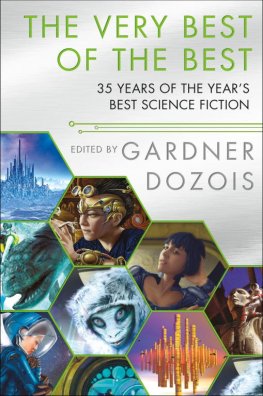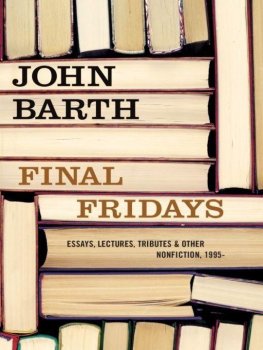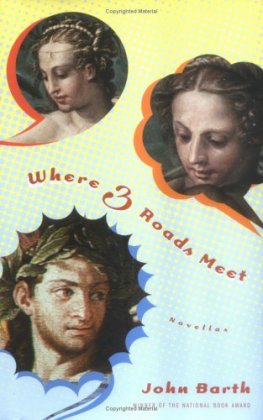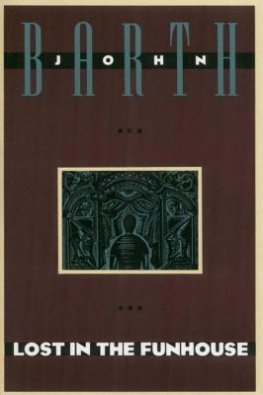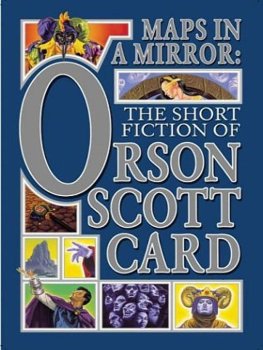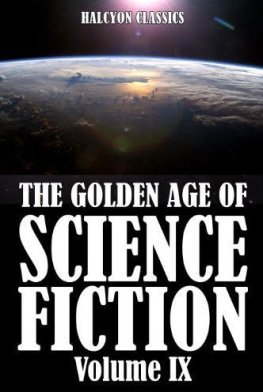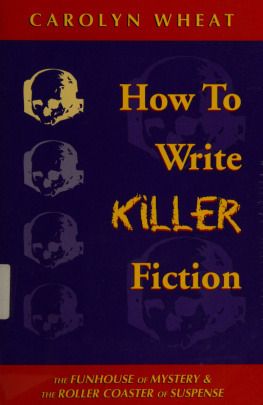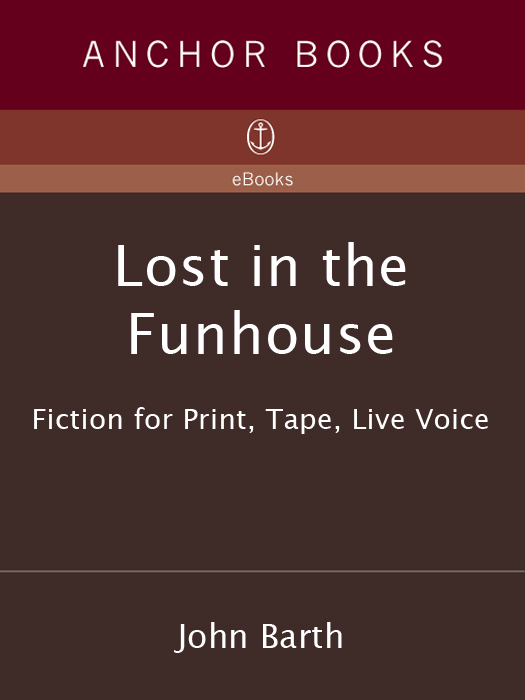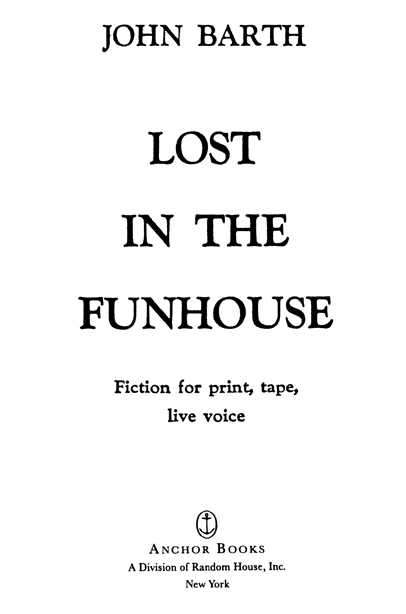by John Barth
THE FLOATING OPERA
THE END OF THE ROAD
THE SOT-WEED FACTOR
GILES GOAT-BOY
CHIMERA
LETTERS
SABBATICAL: A ROMANCE
THE FRIDAY BOOK
THE TIDEWATER TALES
First Anchor Books Edition, 1988
Copyright 1963, 1966, 1968, 1969, 1988 by John Barth
Seven Additional Authors Notes Copyright by John Barth
All rights reserved under International and Pan-American Copyright Conventions. Published in the United States by Anchor Books, a division of Random House, Inc., New York, and simultaneously in Canada by Random House of Canada Limited, Toronto. Originally published in hardcover in the United States by Doubleday in 1968. The Anchor Books edition is published by arrangement with Doubleday.
Anchor Books and colophon are registered trademarks of Random House, Inc.
Night-Sea Journey first appeared in ESQUIRE magazine, June 1966.
Ambrose His Mark first appeared in ESQUIRE magazine, February 1963.
Autobiography first appeared in The New American Review, #2.
Water Message first appeared in the SOUTHWEST REVIEW, published by Southern Methodist University, Summer 1963.
Lost in the Funhouse is reprinted by permission of the Atlantic Monthly Company, Copyright 1967 by the Atlantic Monthly Company. It appeared in the November 1967 issue of THE ATLANTIC MONTHLY.
Title is reprinted by permission of Yale University, Copyright 1967 by Yale University. It first appeared in the Winter 1968 issue of the YALE REVIEW.
Petition first appeared in ESQUIRE magazine, July 1968.
Library of Congress Cataloging-in-Publication Data
Barth, John.
Lost in the funhouse : fiction for print, tape, live voice/by John Barth.Anchor books ed.
p. cm.
I. Title.
PS3552.A75L6 1988 87-26214
813.54dcl9
ISBN 0-385-24087-2
eBook ISBN: 978-0-8041-5250-1
www.anchorbooks.com
v3.1
LOST IN THE FUNHOUSE
Foreword to the Anchoi Books Edition
Short fiction is not my long suit. Writers tend by temperament to be either sprinters or marathoners, and I learned early that the long haul was my stride. The form of the modern short storyas defined and developed by Poe, Maupassant, and Chekhov and handed on to the twentieth centuryI found in my apprentice years to be parsimonious, constraining, constipative. Much as I admired its great practitioners, I preferred more narrative elbow room.
The premodern tale is another matter: especially the tale cycle, as told by the likes of Scheherazade and Boccaccio. I virtually began my narrative career with one of those, but set it aside for the even more hospitable space of the novel and the more hospitable project rhythms of the novelist. Your congenital short-story writer faces the blank-faced muse once every few weeks (in the case of early Chekhov, every few days). Your congenital novelist prefers to dream up a world once every few years; to plant and people it and dwell therein for maybe a whole presidential termor the time it takes a new college freshman to complete the baccalaureatebefore reconfronting the interterrestrial Void.
But after a dozen years of writing and publishing the novels reprinted in this Anchor Books seriesThe Floating Opera, The End of the Road, The Sot-Weed Factor, Giles Goat-Boyin the mid-1960s I found myself hankering to re-attempt the short form, for assorted reasons:
For one thing, Less really is More, other things equal. Even quite expansive novels, if carefully written, have their own economy and rigor; but Sot-Weed and Giles are long novels indeed, and writing them increased my respect for the mode that comes least naturally to me. The clown comes to want to play Hamlet, and vice versa; the long-distance runner itches to sprint. Just as there are musical ideas that wont do for a symphony but are just right for a song, there are narrative ideas suitable only for a short story: quick takes, epiphanies that even a novella would attenuate, not to mention a novel. Over the years, I had accumulated a few such narrative ideas in my notebooks.
Moreover, I teach stories as well as telling them, and like most writing coaches I find the short story most useful for seminar purposes. You can hold a short story in your hand, like a lyric poem; see it whole; examine the function of individual sentences, even individual words, as you cant readily do with Bleak House or War and Peace. (This pedagogical convenience, together with the proliferation of creative writing programs in the U.S.A., must be largely responsible for the happy resurgence of the American short storyat a time when, paradoxically, the popular audience has never been smaller.) But those model stories I was teaching came from classroom anthologies in which (novels being hard to excerpt coherently, and excerpts being formally less useful than complete works), my own fiction was seldom included. I consoled myself, maybe flattered myself, with the consideration that such eminent non-short-story-writing contemporaries as Ralph Ellison and William Styron were likewise seldom includedbut I wanted to be in those anthologies. Not all of a writers motives are pure.
It was about this time that I came across the writings of the great Argentine Jorge Luis Borges, whose temper was so wedded to the short forms that, like Chekhov, he never wrote a novel, and whose unorthodox brilliance transformed the short story for me. Writers learn from their experience of other writers as well as from their experience of life in the world; it was the happy marriage of form and content in Borgess ficcionesthe way he regularly turned his narrative means into part of his messagethat suggested how I might try something similar, in my way and with my materials.
The result was Lost in the Funhouse (I was in fact, at age thirteen or so, once briefly mislaid in a boardwalk funhouse, in Asbury Park, New Jersey; end of autobiographical reference). Incorrigibly the novelist, I decided at the outset to write not simply some short stories but a book of short stories: a sequence or series rather than a mere assortment. Though the several stories would more or less stand alone (and therefore be anthologizable), the series would be strung together on a few echoed and developed themes and would circle back upon itself: not to close a simple circuit like that of Joyces Finnegans Wake, emblematic of Viconian eternal return, but to make a circuit with a twist to it, like a Mbius strip, emblematic ofwell, read the book.
The series was written and assembled between 1966 and 1968. The first Doubleday edition (1968) was prefaced by the Authors Note which follows; to subsequent editions I appended Seven Additional Authors Notes, set here at the end (I was busy by then with a novel that pretends to have seven authors). The reader may skip all these frames and go directly to the first story called Frame-Tale. It happens to be, I believe, the shortest short story in the English language (ten words); on the other hand, its endless.
The High Sixties, like the Roaring Twenties, was a time of more than usual ferment in American social, political, and artistic life. Our unpopular war in Vietnam, political assassinations, race riots, the hippie counterculture, pop art, mass poetry readings, street theater, vigorous avantgardism in all the arts, together with dire predictions not only of the death of the novel but of the moribundity of the print medium in the electronic global villagethose flavored the air we breathed then, along with occasional tear gas and other contaminants. One may sniff traces of that air in the


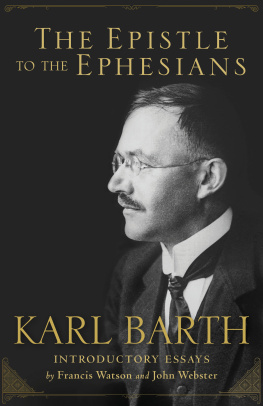
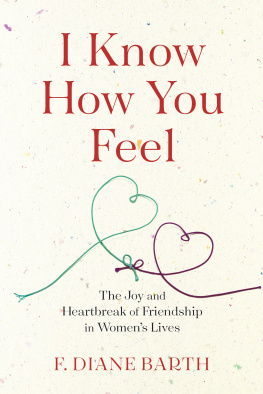
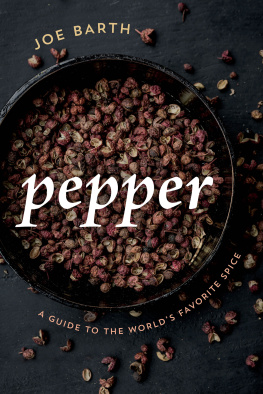
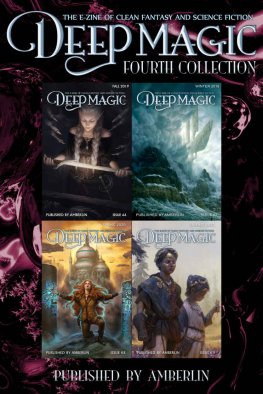
![Majkl Suenvik - Tales of Old Earth [A collection of short-stories]](/uploads/posts/book/894597/thumbs/majkl-suenvik-tales-of-old-earth-a-collection-of.jpg)
